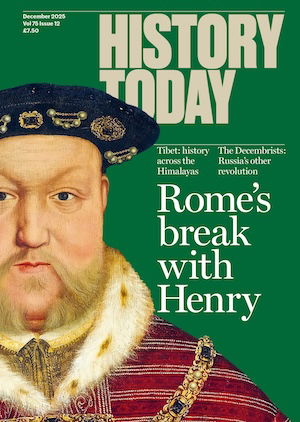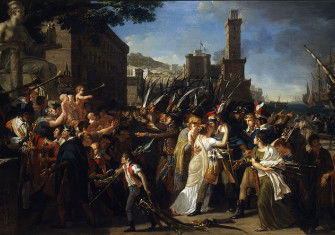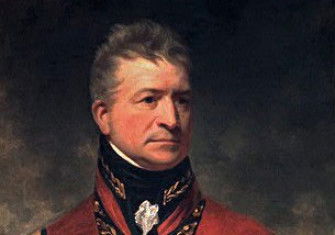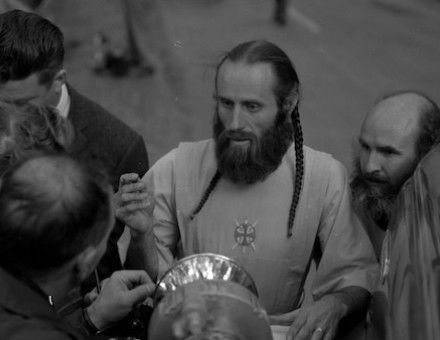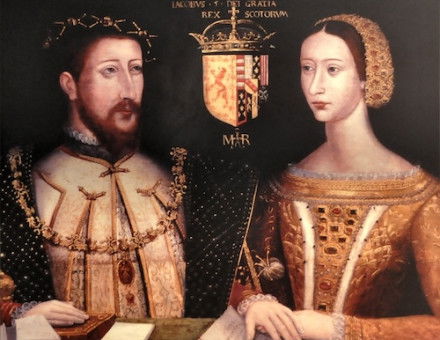Waterloo: Beyond the Battlefield
Why we should take greater account of Waterloo’s aftermath.
During the late afternoon of June 18th, 1815, as Napoleon’s intense artillery bombardment tore into the Allied centre at the Battle of Waterloo and all around ‘men were going down like ninepins’, the Duke of Wellington observed: ‘Hard pounding this, gentlemen, but we will see who can pound the longest.’ The Iron Duke, a model of calm in a crisis, was honest enough to know that defeat beckoned if his Prussian allies, under General Blücher, did not arrive before sunset. So ‘give me Blücher’, he prayed, ‘or give me night’. As the Prussian corps finally poured on to the eastern end of the battlefield, crucially reinforcing the Allies’ left flank, the action of that long summer’s day approached its climax. In the early evening Napoleon ordered up his Imperial Guard to inflict the coup-de-grâce on his battered opponents. But Wellington’s line held firm: the French broke and ran.

